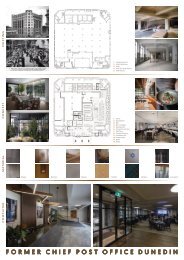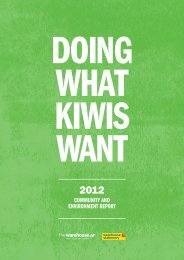ESSR Musculoskeletal Ultrasound Technical Guidelines I. Shoulder
You also want an ePaper? Increase the reach of your titles
YUMPU automatically turns print PDFs into web optimized ePapers that Google loves.
Shoulder
9
Examine these tendons separately on their long-axis (transverse planes) during external
and internal rotation of the arm (same position as in point-2) by placing the probe over
the posterior aspect of the glenohumeral joint.
HH
HH
Look at the posterior labrum-capsular complex
and check the posterior recess of the
joint for effusion during scanning. In thin
subjects the posterior labrum can be clearly
seen. Move the transducer medial to the
labrum on transverse plane to visualize the
spinoglenoid notch. It is often necessary to
increase the depth of the field-of-view not
to miss this area. A paralabral cyst originating
in this area should be sought.
HH
InfraS
*
Legend: asterisk, spinoglenoid notch; curved arrow, bony glenoid; HH, humeral head; InfraS, infraspinatus; void
arrows, teres minor tendon; white arrows, infraspinatus tendon; white arrowheads, posterior labrum
10
Place the transducer in the coronal plane
over the shoulder to examine the
acromioclavicular joint. Sweep the transducer
anteriorly and posteriorly over this
joint to assess the presence of an os
acromiale. Shifting the probe posterior to
the acromioclavicular joint, it is possible
to assess the status of the supraspinatus
muscle.
Cl *
Acr
Legend: Acr, acromion; arrowheads, superior
acromioclavicular ligament; asterisk, acromioclavicular
joint space; Cl, clavicle
7
















